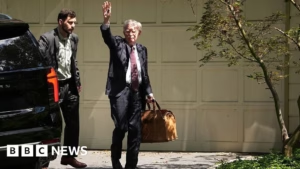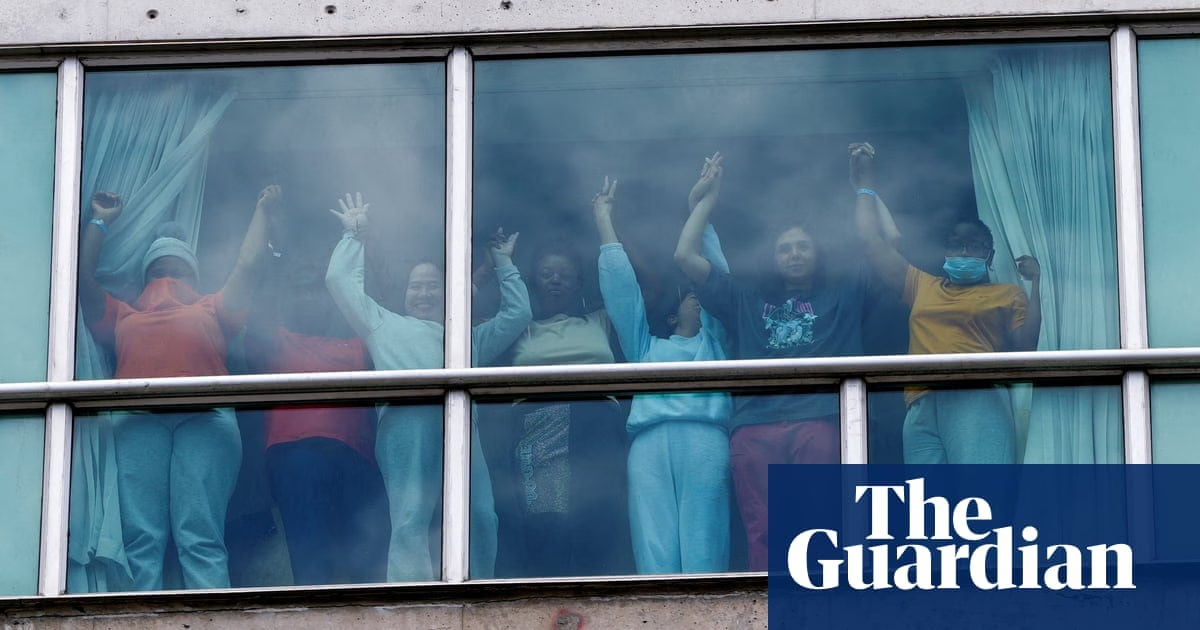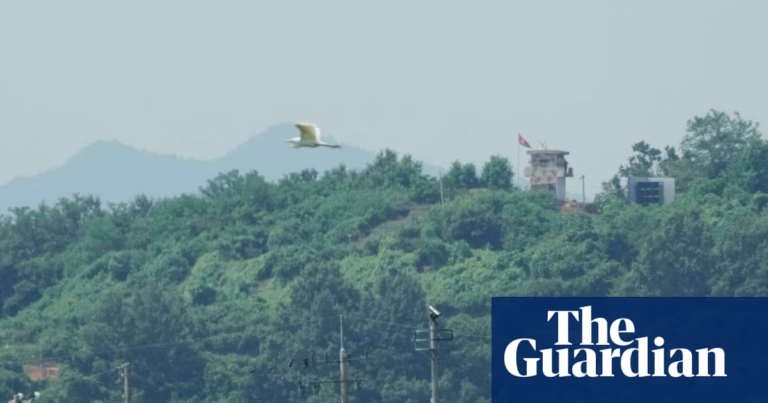Central America has traditionally been a significant source of immigrants, but in recent years, it has also become a major transit route for individuals from around the world seeking to reach the United States. This shift has led to record-breaking numbers of immigrants arriving at the US border, contributing to the supposed immigration crisis that aided in Donald Trump’s election victory in November.
Now, just over a month since his inauguration, Trump is coercing Central American leaders into complying with his strict immigration agenda. This has resulted in their countries being forced to serve as a dumping ground for immigrants that the United States cannot deport back to their home countries. According to Ana María Méndez-Dardón, Central America director for the Washington Office on Latin America, this represents a shift from a transactional logic to one of imposition, operating through threats.
These threats, such as the potential revocation of the Panama Canal or the imposition of tariffs, have resulted in a series of deals between Washington and Central American countries. These countries have little to gain from cooperation but potentially much to lose.
Marcela Martino, Deputy Director of Central America and Mexico for the Center for Justice and International Law, has noted that there is now a new order of relations where countries are required to make concessions that they cannot refuse.
A large number of immigrants from Asia and the Middle East have been deported to Panama and Costa Rica as part of an experiment that lacks transparency and may violate their rights. These individuals are detained without options or guarantees of their basic rights.
During Trump’s first term, his administration attempted to outsource the asylum process through so-called “safe third country agreements” with Honduras, El Salvador, and Guatemala. This time, the Trump administration has shut down the asylum system entirely and is using Central American countries as a staging ground for migrants whose countries of origin lack diplomatic relations with Washington or refuse to accept deportation flights.
Panama, under immense pressure due to a dispute over the famous canal, received the first group of immigrants from the US under this new strategy when it welcomed a military plane carrying 119 individuals. Since then, hundreds more immigrants from countries such as Afghanistan, Iran, China, Pakistan, and others have been deported to Panama and Costa Rica. While some have agreed to be transported onward to their home countries, others have refused.
These immigrants have fallen into a legal limbo with uncertain futures, as evidenced by a viral photo of a young Iranian migrant who scribbled “help” on the window of a Panama City hotel. Many have been transported to remote shelters, far from the public eye.
Bridge agreements, which often include increased border security, have also been made with El Salvador, Guatemala, and Honduras. For example, the third country facilitated the transfer of Venezuelan migrants who were held at Guantánamo military base and immediately boarded on a plane back home upon arriving at a joint Honduras-US air force base.
The
Source: https://www.theguardian.com/us-news/2025/mar/02/trump-central-america-immigrants-deportation








